Description
Brahmasutra with Shankaracharya’s Bhashya – An Overview
The Brahmasutras, also known as the Vedanta Sutras, are a foundational text of Vedanta philosophy, traditionally attributed to sage Badarayana (Vyasa). The work systematically summarizes and interprets the teachings of the Upanishads, which form the spiritual essence of the Vedas.
The Brahmasutras consist of 555 aphorisms (sutras) divided into four chapters, each with four sections (padas). These terse aphorisms are cryptic and require interpretation, which is why commentaries are essential.
Shankaracharya’s Bhashya: The Cornerstone of Advaita Vedanta
Adi Shankaracharya, one of India’s greatest philosophers and spiritual reformers, wrote the most influential commentary on the Brahmasutras. His Bhashya (commentary) forms the bedrock of the Advaita Vedanta (non-dualism) school of philosophy.
Key Features of Shankaracharya’s Commentary:
-
Non-Dualism (Advaita):
-
Shankara teaches that Brahman (the ultimate reality) alone is real.
-
The world is Maya (illusion), and the individual soul (jiva) is not separate from Brahman.
-
Liberation (moksha) is the realization of this non-dual truth: “Aham Brahmasmi” – I am Brahman.
-
-
Primacy of the Upanishads:
-
Shankara emphasizes that the Upanishads consistently teach the unity of the self and Brahman.
-
He defends the interpretation that self-knowledge (Atma-jnana) alone leads to liberation.
-
-
Integration of Scriptural Authority and Reason:
-
While placing Shruti (scripture) as the highest authority, Shankara supports his views using logic (yukti) and experience (anubhava).
-
He rejects purely ritualistic interpretations and focuses on jnana (knowledge) as the means to moksha.
-
-
Role of Maya and Ignorance (Avidya):
-
The apparent plurality and limitation of the world arise due to Maya.
-
Ignorance of one’s true nature causes bondage, and self-knowledge removes that ignorance.
-
Examples of Key Sutras and Shankara’s Interpretation:
-
Sutra 1.1.1 – “Athāto Brahmajijñāsā”
“Now, therefore, the inquiry into Brahman.”
→ Shankara explains that once a person recognizes the transitory nature of worldly life, they become ready to seek the eternal truth – Brahman. -
Sutra 1.1.2 – “Janmādyasya yataḥ”
“(Brahman is that) from which the origin, sustenance, and dissolution of the world proceeds.”
→ Shankara identifies this cause as Nirguna Brahman (formless, attributeless reality), not a personal deity with attributes.
ब्रह्मसूत्र शाङ्कर भाष्य — एक परिचय (हिंदी में)
ब्रह्मसूत्र वेदान्त दर्शन का एक अत्यंत महत्वपूर्ण ग्रंथ है, जिसे बादरायण (या व्यास मुनि) ने रचा था। यह ग्रंथ वेदों के ज्ञानकांड (उपनिषदों) का संक्षिप्त, सूत्र रूप में सार प्रस्तुत करता है। ब्रह्मसूत्र के कुल 555 सूत्र हैं, जो चार अध्यायों में विभाजित हैं।
इन सूत्रों पर अनेक विद्वानों ने भाष्य (टीका) लिखे हैं, लेकिन आदि शंकराचार्य का भाष्य (शाङ्कर भाष्य) सबसे प्रसिद्ध, प्रभावशाली और मूल वेदान्त दर्शन (अद्वैत वेदान्त) का आधार है।
शाङ्कर भाष्य की विशेषताएँ:
-
अद्वैत वेदान्त का आधार:
-
शंकराचार्य का भाष्य “अद्वैतवाद” (अद्वैत = द्वैत का अभाव) पर आधारित है।
-
वे कहते हैं कि “ब्रह्म” ही एकमात्र सत्य है, जगत माया है, और जीव-ब्रह्म एक हैं (अहं ब्रह्मास्मि)।
-
-
वेदान्त की एकरूपता:
-
शंकराचार्य यह सिद्ध करते हैं कि उपनिषदों का केंद्रीय विषय ब्रह्म की एकता ही है।
-
सभी उपनिषद, ब्रह्म की अद्वैत प्रकृति को ही व्यक्त करते हैं।
-
-
श्रुति (वेद), युक्ति (तर्क), अनुभव (अनुभूति) का संतुलन:
-
शंकराचार्य वेदों के प्रमाण को सर्वोपरि मानते हैं, लेकिन साथ ही तर्क और प्रत्यक्ष अनुभव को भी महत्व देते हैं।
-
-
माया और जीव:
-
माया शंकराचार्य के दर्शन में एक महत्त्वपूर्ण तत्व है, जो ब्रह्म को ढँक देती है और संसार का अनुभव कराती है।
-
जीव जब माया से परे ज्ञान प्राप्त करता है, तो वह ब्रह्मस्वरूप को जानकर मोक्ष को प्राप्त करता है।
-
ब्राह्मसूत्रों के कुछ उदाहरण और शाङ्कराचार्य का दृष्टिकोण:
-
सूत्र: “अथातो ब्रह्मजिज्ञासा”
अर्थ: अब ब्रह्म की जिज्ञासा की जानी चाहिए।
→ शंकराचार्य बताते हैं कि जब व्यक्ति संसार की असारता को समझ लेता है, तभी वह ब्रह्म को जानने की ओर प्रवृत्त होता है। -
सूत्र: “जन्माद्यस्य यतः”
अर्थ: (ब्रह्म वह है) जिससे इस जगत का जन्म, स्थिति और लय होता है।
→ शंकराचार्य इसे ब्रह्म की सर्वकारणता के रूप में व्याख्यायित करते हैं।
Only logged in customers who have purchased this product may leave a review.




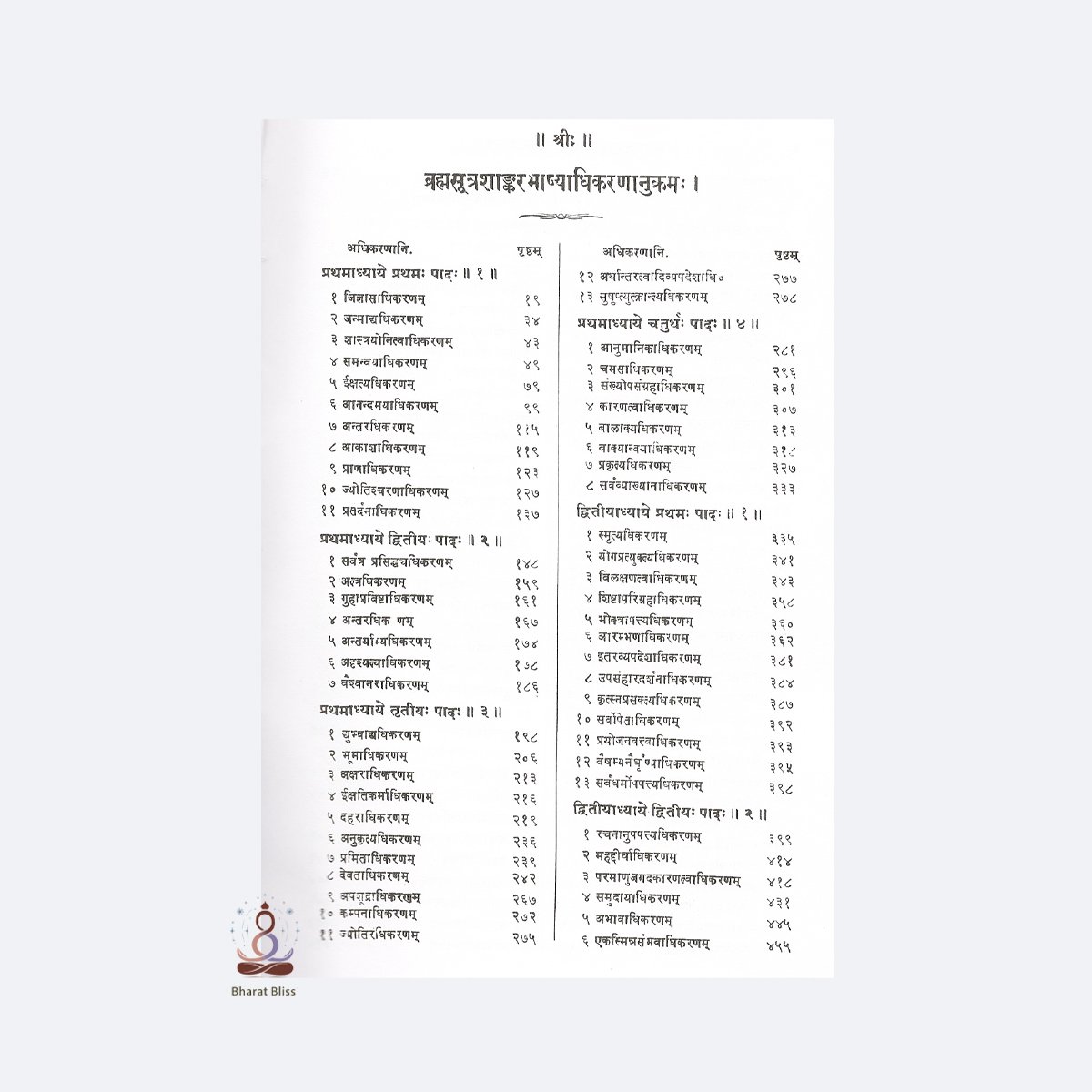
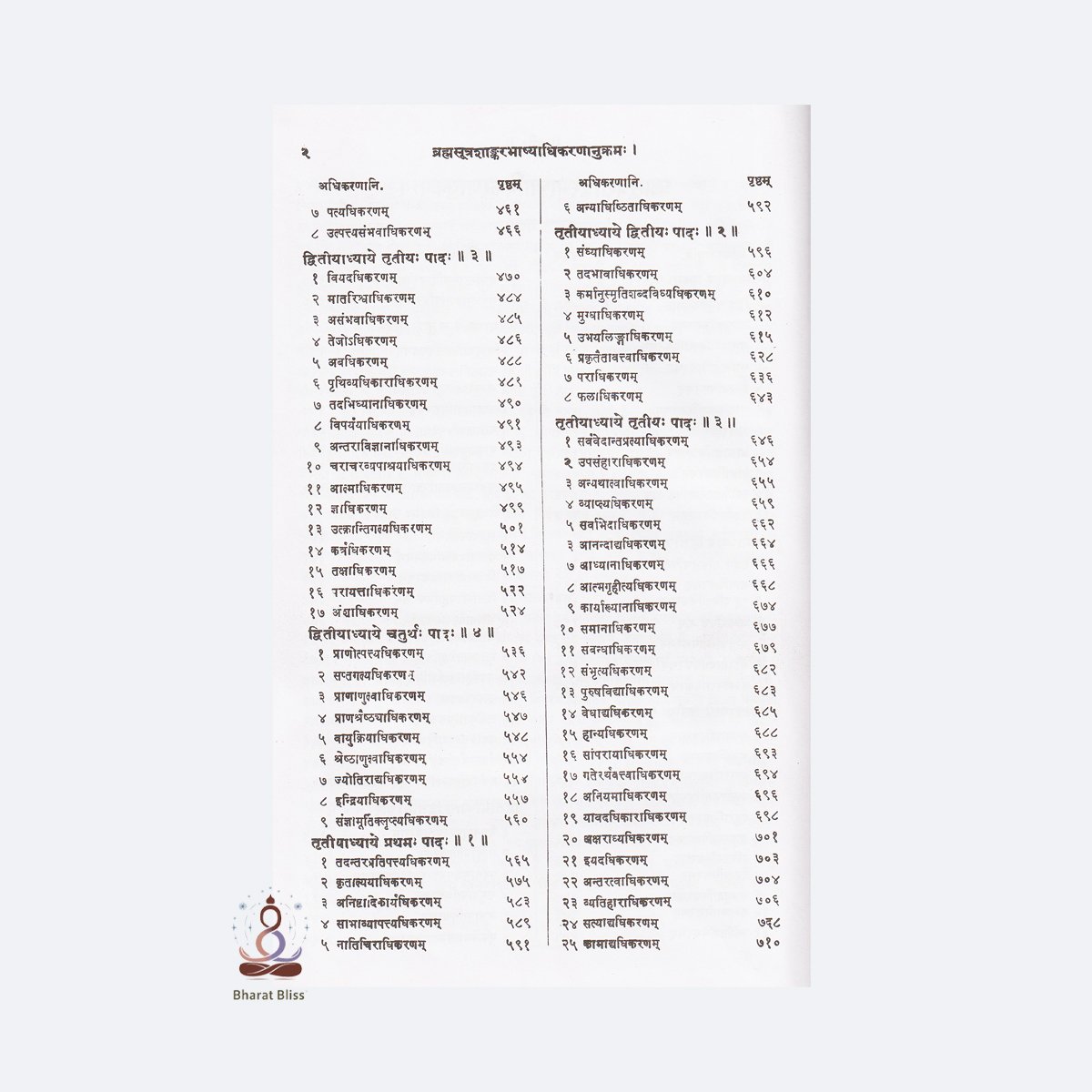
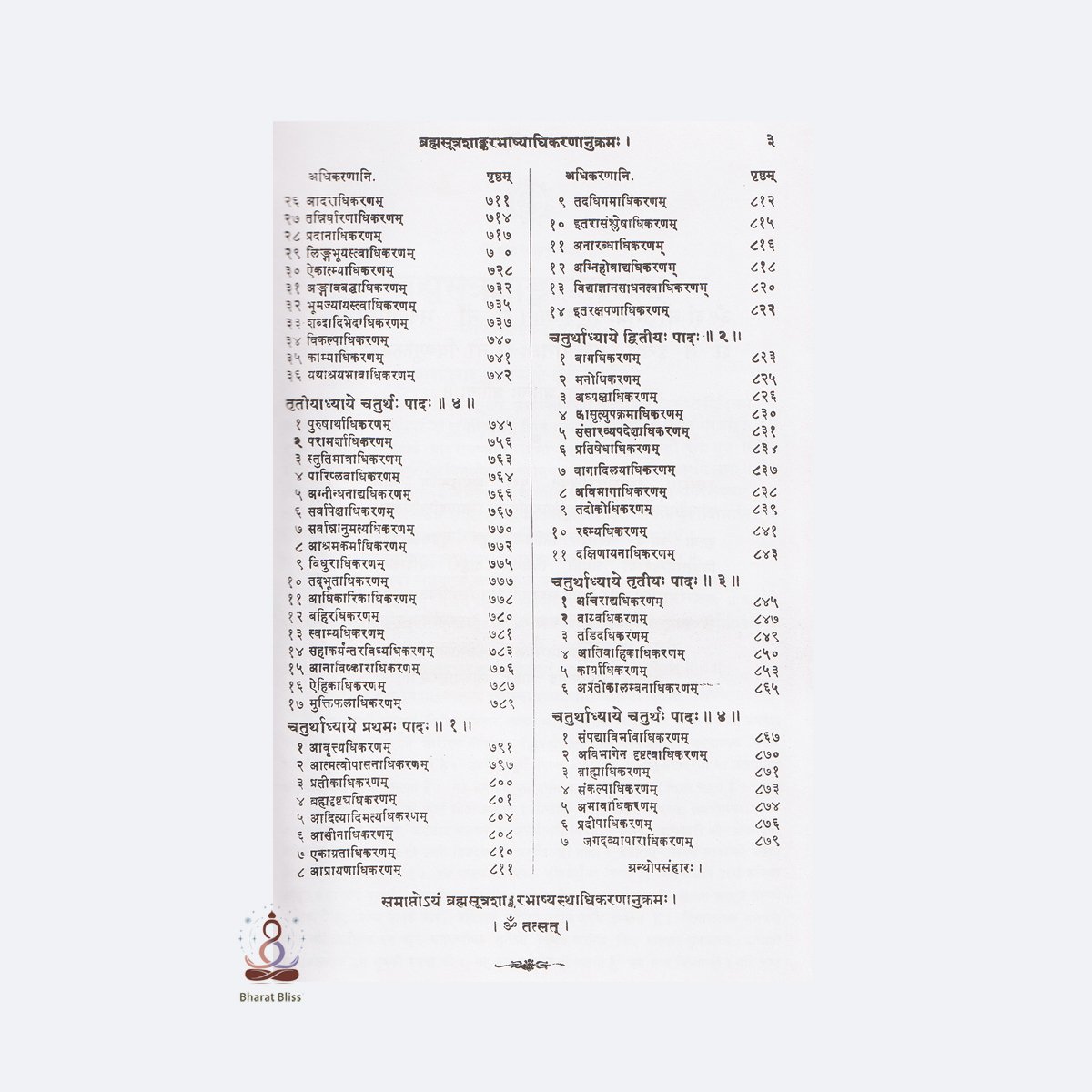
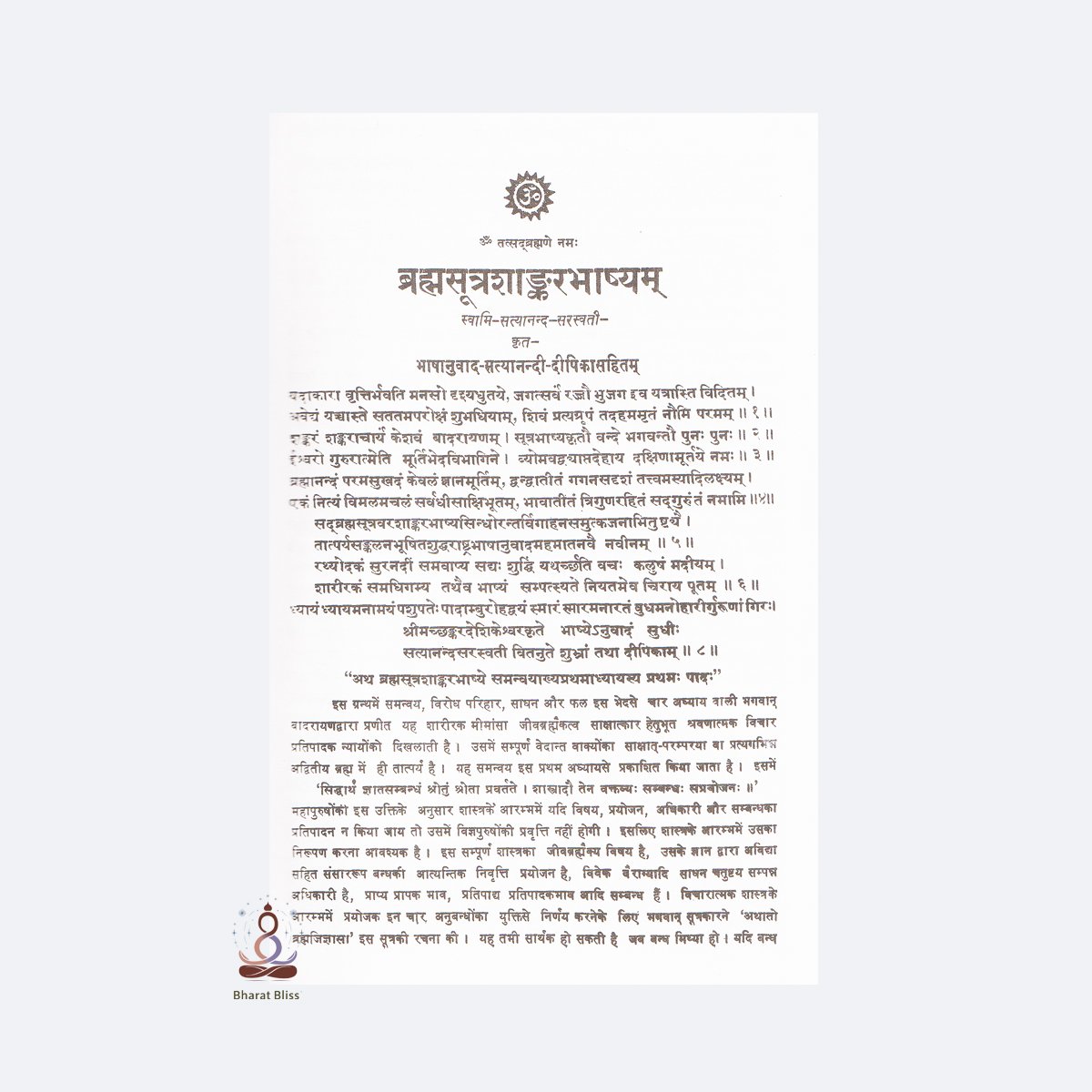
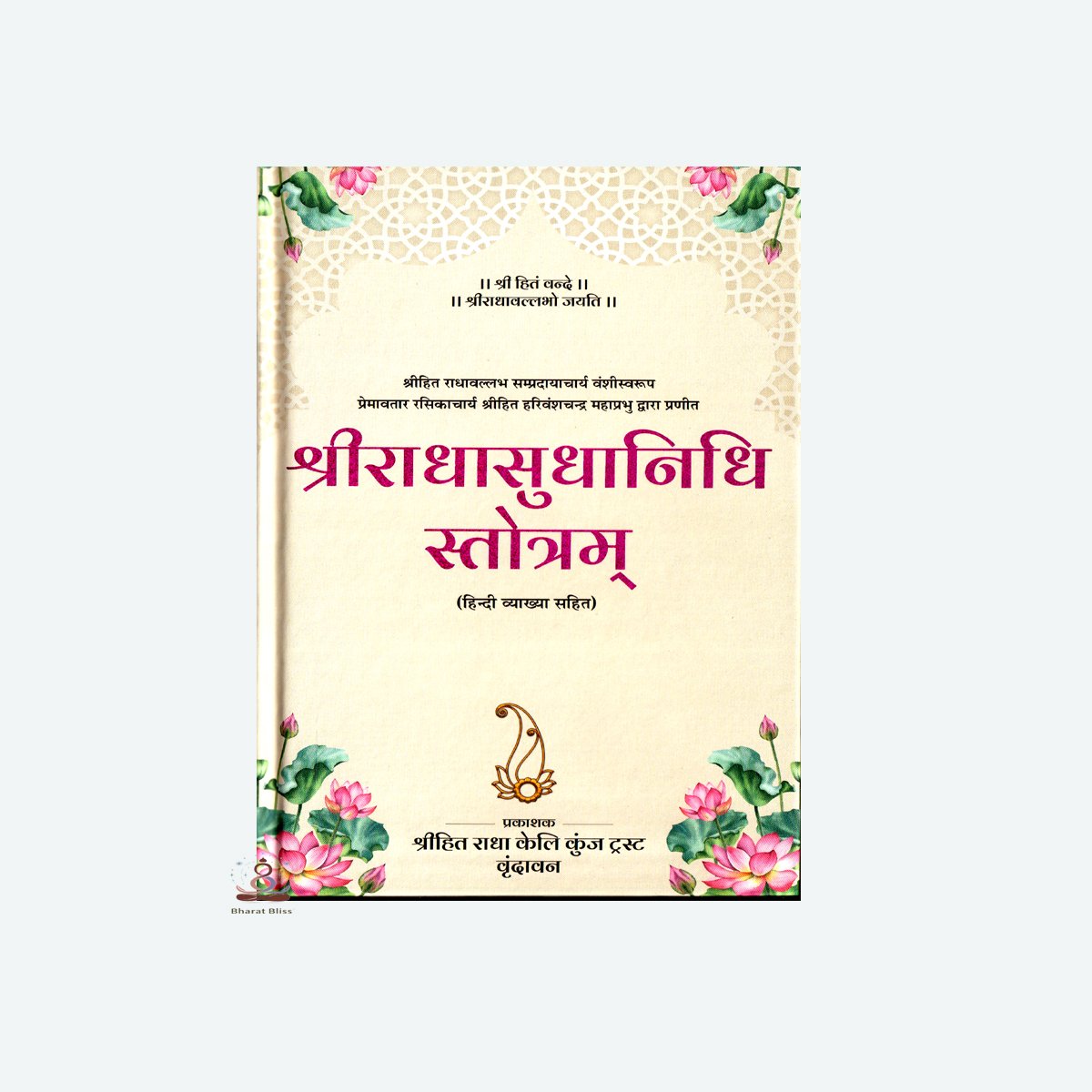
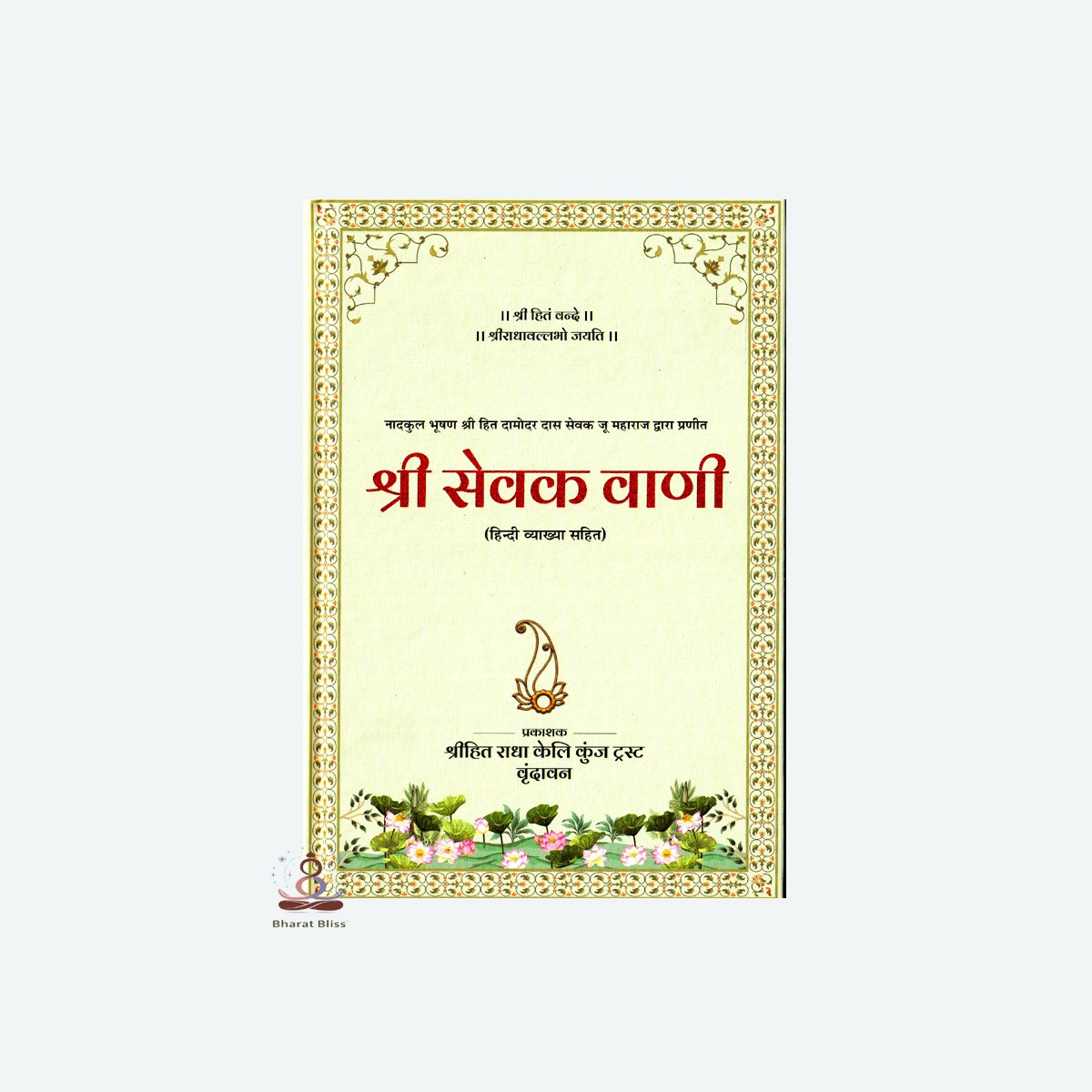
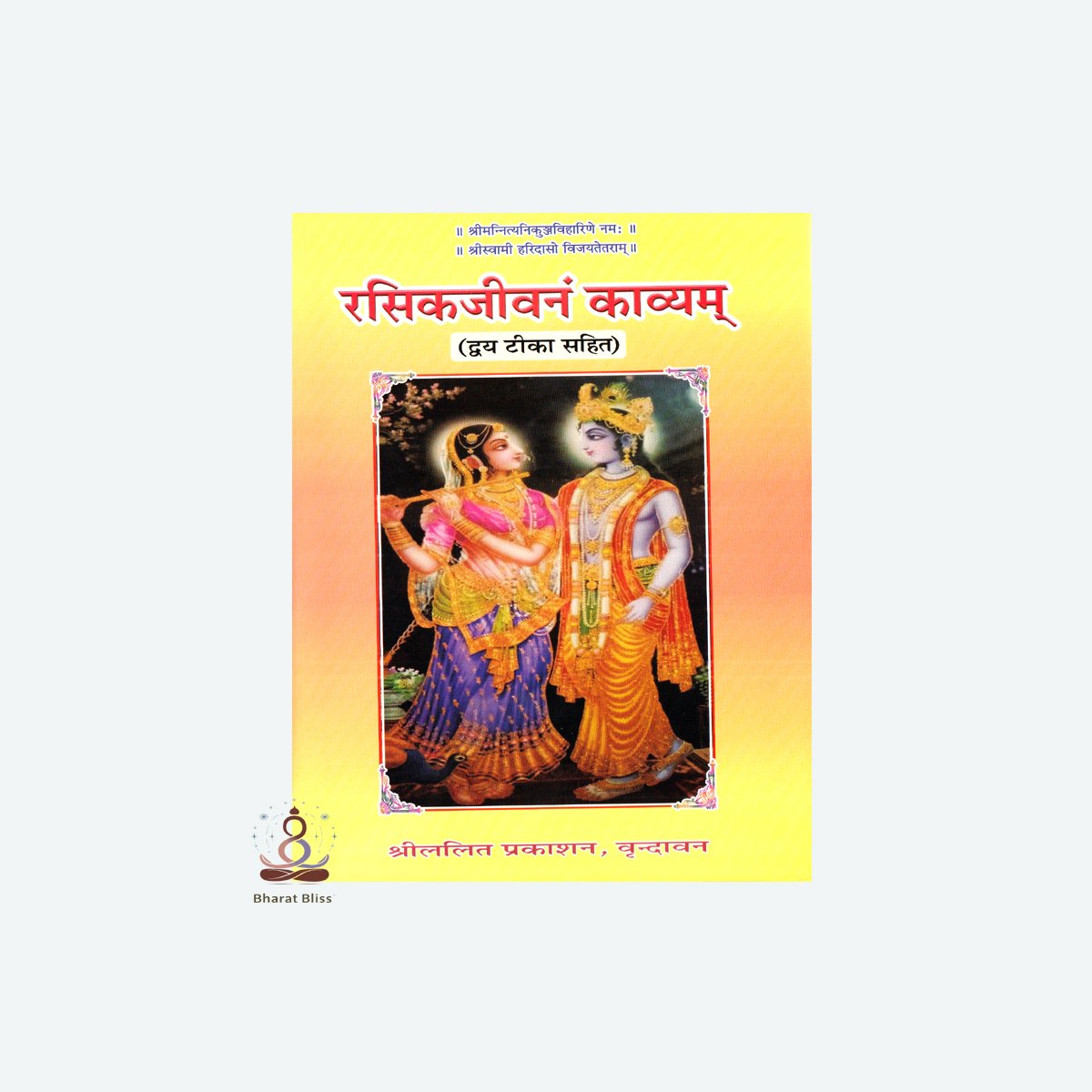
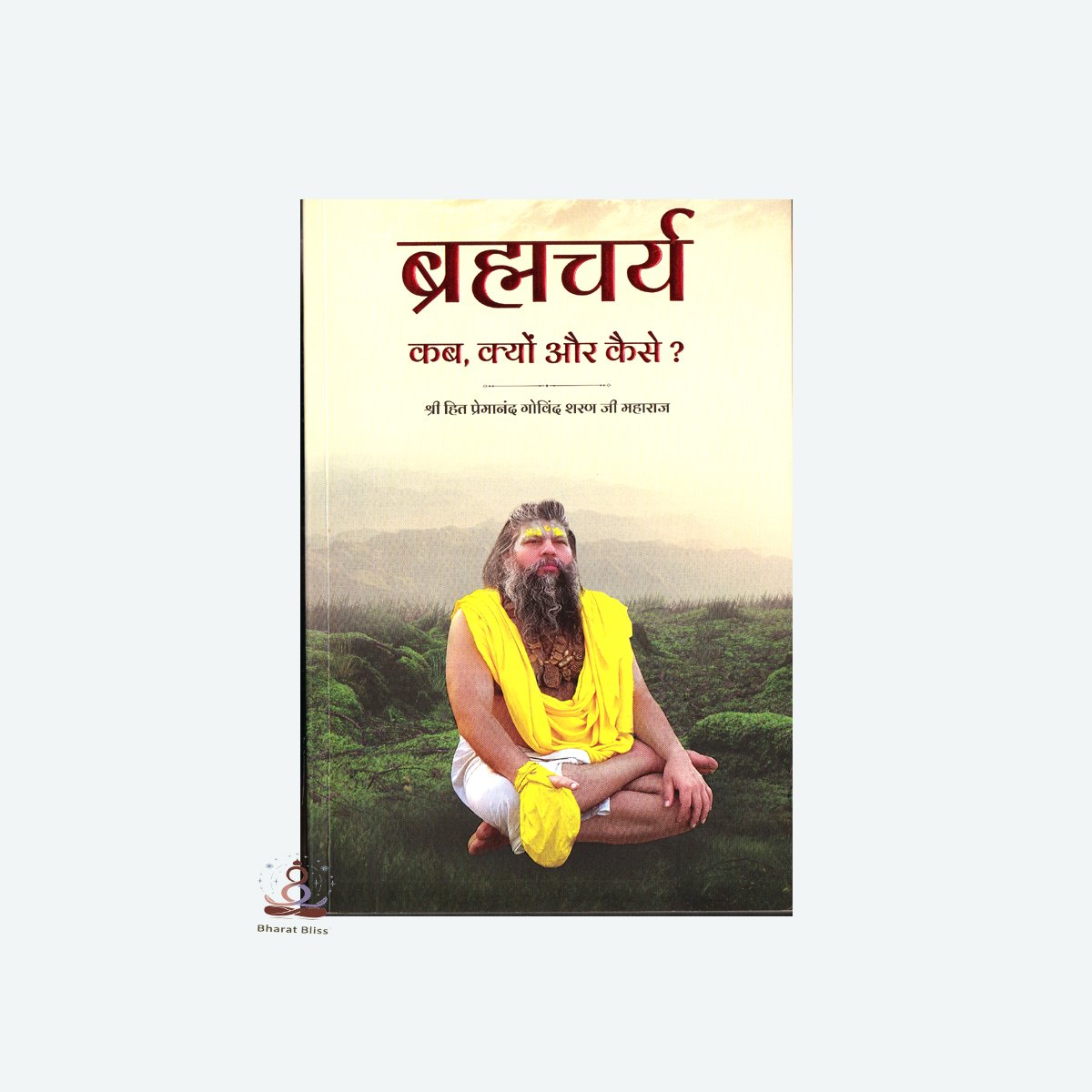

Reviews
There are no reviews yet.